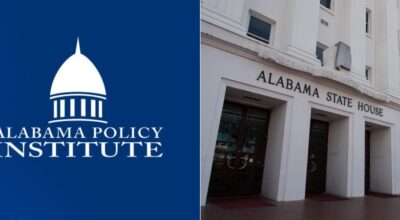Students hurt most by proration
Published 4:52 pm Wednesday, December 17, 2008
School officials knew it was coming, but nothing could have prepared them for the shock of Gov. Bob Riley’s declaration on Monday to prorate the Education Trust Fund budget by 12.5 percent.
It is the largest declared proration in the history of the state of Alabama. The highest ever was in 1983 when proration was 10 percent.
Granted, the governor’s utilization of the voter-approved Rainy Day Account fund will help offset the expected budget deficit.
Gov. Riley chose to use half of the $437 million available in that account immediately, thereby reducing proration by nine percent. More than likely, Gov. Riley will be forced to remove the remaining $218 million during this fiscal year in order to keep school systems above water. Draining the entire fund would reduce proration to 5.6 percent.
Meanwhile, educators – like the Butler County Board of Education – are facing difficult choices. A budget of $28 million, one that was already one of the tightest in recent years, just became tighter. Butler County Schools Superintendent Mike Looney expects a loss of $1.8 million in state funding due to proration.
Proration will affect everything, said Looney, and students, teachers and school administrators are going to start feeling its effects immediately.
“The reality is that the brakes just got put on a lot of spending,” said Looney. “We’re in a position where we’re not going to go bankrupt – I don’t think – in the near future, but it’s going to be hard times. I hate to be the bearer of bad news, but I hope our communities are prepared for what’s about to happen.”
What proration also does is hamper the school system’s ability to meet the federally mandated requirements of No Child Left Behind.
“You take proration and the requirements of No Child Left Behind and put them together and it’s a recipe for disaster,” said Looney.
Looney told The Advocate he would work with his Chief Financial Officer to have a plan in place to meet the challenges of proration when the Board of Education meets in January. Likely, school officials will be taking a hard look at spending across the board. Some programs, staffing, and expenditures are likely to be cut in the face of today’s harsh economic reality. We do not envy their task.
However, we do hope the board keeps the students in mind first and foremost. After all, it is they who suffer the most from proration.




